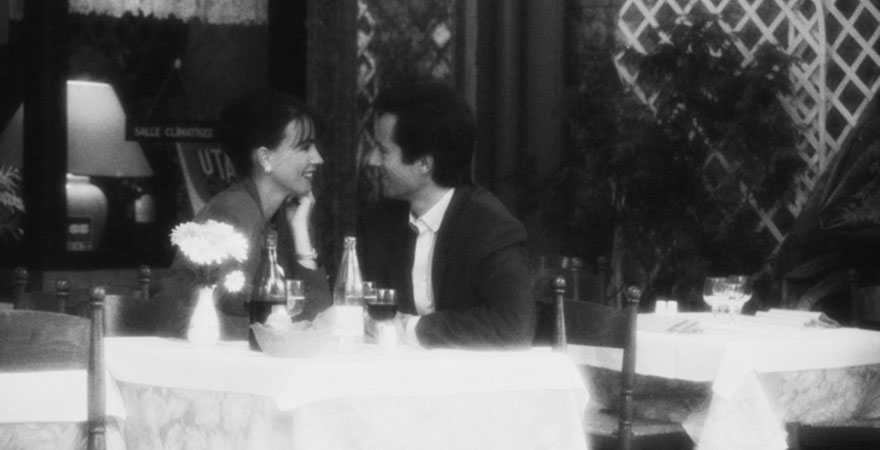A Historical Slice of the Wedding Cake
Wedding Cake Designs
Since ancient times, weddings have never been complete without cakes. The ancient Roman wedding ceremony would culminate with a food fight where breaking a wheat or barley cake on the bride’s head was considered as a sign of good fortune. The newlyweds would then eat the crumbs, which was called confarreatio. The guests would then gather the crumbs as a sign of good luck. The guests were given an assortment of nuts, dried fruit and almonds dipped in honey. Records suggest that in 1487, 260 pounds of this sweet assortment were eaten at Lucrezia Borgia and Alfonson d’Este’s wedding.
In 43 A.D., the Romans marched into Britain and introduced this custom. The invasion of the Normans in 1066 introduced French customs into British culture. Increase in trade with Europe brought about many changes that are still in vogue. In Medieval England, the sweet rolls were piled high for the bride and groom to kiss over without knocking down the stack. A French pastry chef saw this tradition, went back to France and stacked sweet rolls into a tower and thus, made the first Croquembouche. Years later, French pastry chefs Avice and Carême modified the same recipe using choux pastry to create Croquembouche, an alternative to wedding cakes in Europe. The first sweet cake was Banbury Cake made in 1655.
Wedding Cakes with White Icing
In 1703, Thomas Rich, a baker’s apprentice, fell in love with his employer’s daughter. He wanted to make an elaborate wedding cake and surprised his bride with a tiered steeple of St. Bride’s Church, London. Thus, layered cake was born and Rich made his fortune by selling tiered cake modeled on the church.
Back then the cakes were covered with lard to keep it moist. Just before serving, the lard would be removed and later mixed with sugar and applied on the top of the cake like icing. During the Victorian era, the cakes were white in color that symbolized bride’s purity. Before this, the cakes were colored white to indicate wealth because icing could be achieved with refined sugar only. Once Queen Victoria used white icing on the cake, it was called royal icing.
Modern Wedding Cakes
The first edible cake or the modern wedding cake was used at the wedding of Prince Leopold, Duke of Albany. This cake had separate layers with dense icing in between the layers. The same method is applied to modern cakes, but because the size is usually larger, the dowels are used to support the cakes.
The slicing of the cake, today, means the first combined act as newlyweds, but earlier the bride would cut the cake and hand it over to the groom’s family. This meant the bride’s duties were transferred from her parents’ house to her husband’s. This tradition came to an end with the invention of multi-tier cakes and icing. Today, wedding cake is an industry in itself.

